
Professor Lucy (Luciana) Di Silvio
Professor of Tissue Engineering
Research interests
- Engineering
Biography
Professor Lucy Di Silvio obtained her PhD from University College London in 1995, at the Institute of Orthopaedics, Royal National Orthopaedic Hospital. Prior to joining King's, she was employed at the Interdisciplinary Research Centre (IRC,) Queen Mary under the directorship of Prof. William Bonfield. Based at the Institute of Orthopaedics, as a Lecturer, she was the lead for the biology section of the IRC until 2003. During this time her research was focused on biocompatibility of materials for use in the body, the development of musculoskeletal cell models and cell- material interaction .
She joined the Faculty of Dentistry, Oral & Craniofacial Sciences, King’s College London in 2003, where she was appointed as Senior Lecturer, with the specific role of establishing a cell and tissue engineering group and has been Professor of Tissue Engineering since 2013 and Head of Department from 2014-2018. Over the years she has created interactive partnerships with a range of clinicians and works with them to address their specific clinical needs in order to facilitate the translation of technologies developed by basic scientists to the patient.
Tissue engineering offers new hope for patients with injuries, damaged or diseased tissues and organs. Applying the principles of cells, material science and bioengineering provides new options in regenerative medicine. These combined strategies fall into two categories: the use of acellular scaffolds, which depend on the body's natural ability to regenerate new tissue growth, and the use of viable, cellular scaffolds. Acellular scaffolds are usually prepared by manufacturing artificial scaffolds, which can be combined with instructive cues to direct specific biological responses. Cellular scaffolds provide greater challenges such complex 3- dimensional structures, viability of cells, and the generation of new vasculature.
The groups research adopts a multidisciplinary approach and focuses on producing innovative tissue engineered systems based on cellular and acellular scaffolds for both hard and soft tissues, in particular, to address large defects. The aim is to understand the fundamental concepts of cell-material interactions, in particular, how instructive cues such as stimulatory factors (growth factors and self assembly peptides) or micropatterning of material surfaces can be used to induce and enhance cell and tissue response. Using this approach, the group is combining cellular and acellular scaffold strategies to develop vascularized 3D biomaterial scaffolds for use in clinically challenging craniomaxillofacial, dental and orthopaedics applications. Adopting this approach and in collaboration with the Reconstructive Science group they are exploiting novel 3D printing technologies and computer assisted design/manufacturing (CAD/CAM) to provide innovative platforms and opportunities for basic and applied research for reconstructing tissues.
Research
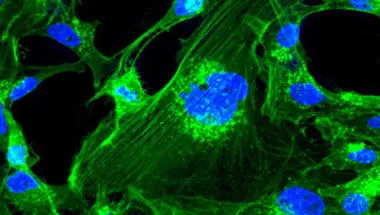
Di Silvio Lab
Understanding the biology of cell-material interfaces and develop novel therapies for musculoskeletal regeneration and repair using tissue engineering strategies
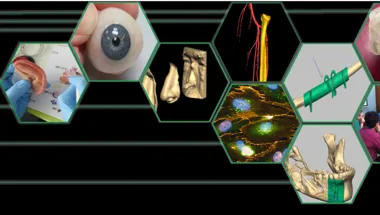
Academic Centre of Reconstructive Science
ACRS is nationally and internationally recognized as a Centre of Excellence for Maxillofacial and Craniofacial Rehabilitation.
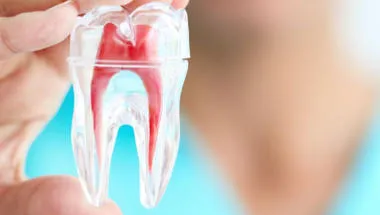
Centre for Oral, Clinical & Translational Sciences
From toothwear to oral pathology, from facial reconstruction to oral surgery, there's one thing that all our research shares: an underlying desire to make a difference to patients and bring benefits to society. We’re particularly strong in prosthodontics and endodontics research, and our work in this field feeds into our postgraduate programmes.
News
King's playing a leading role in upcoming 11th World Biomaterials Congress
King's, along with QMUL and Dublin City University will host the 11th World Biomaterials Congress.

Leading Scientist Research Programme Award
Professor Lucy Di Silvio has been awarded the 'Leading Scientist Research Programme' by the Government of Shaoxing City.
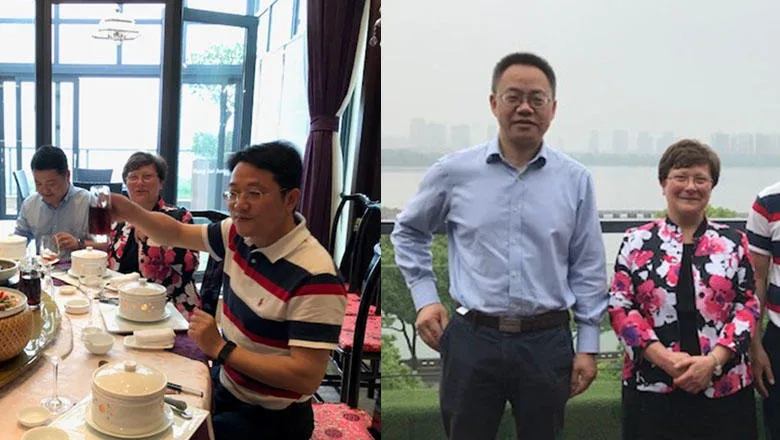
SPARE PARTS: RETHINKING HUMAN REPAIR
A free exhibition and events programme at Science Gallery London exploring the art, science, ethics and technology of organ transplants and tissue regeneration.
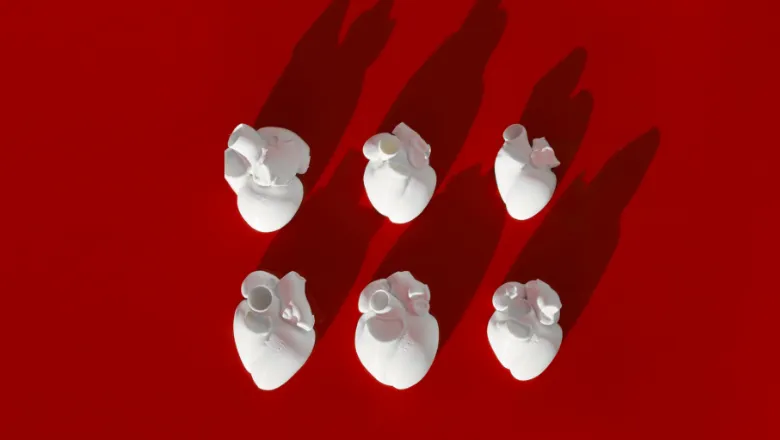
Events
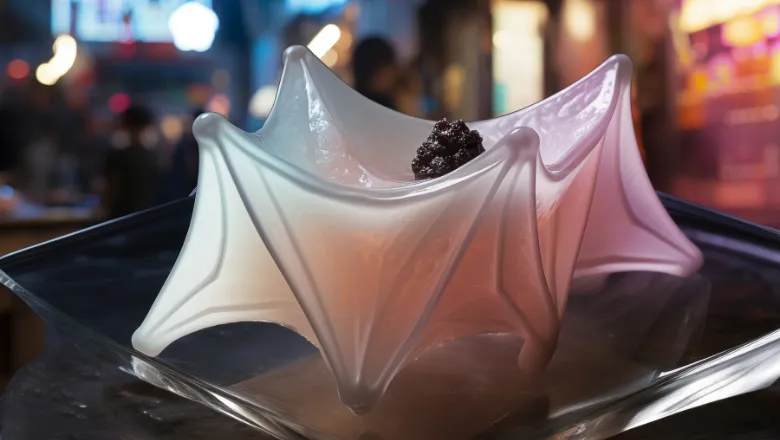
Bat Night Market
Step outside your comfort zone and into a night market of the future - a ticketed promenade performance at Science Gallery London for LIFT 2024
Please note: this event has passed.
Research

Di Silvio Lab
Understanding the biology of cell-material interfaces and develop novel therapies for musculoskeletal regeneration and repair using tissue engineering strategies

Academic Centre of Reconstructive Science
ACRS is nationally and internationally recognized as a Centre of Excellence for Maxillofacial and Craniofacial Rehabilitation.

Centre for Oral, Clinical & Translational Sciences
From toothwear to oral pathology, from facial reconstruction to oral surgery, there's one thing that all our research shares: an underlying desire to make a difference to patients and bring benefits to society. We’re particularly strong in prosthodontics and endodontics research, and our work in this field feeds into our postgraduate programmes.
News
King's playing a leading role in upcoming 11th World Biomaterials Congress
King's, along with QMUL and Dublin City University will host the 11th World Biomaterials Congress.

Leading Scientist Research Programme Award
Professor Lucy Di Silvio has been awarded the 'Leading Scientist Research Programme' by the Government of Shaoxing City.

SPARE PARTS: RETHINKING HUMAN REPAIR
A free exhibition and events programme at Science Gallery London exploring the art, science, ethics and technology of organ transplants and tissue regeneration.

Events

Bat Night Market
Step outside your comfort zone and into a night market of the future - a ticketed promenade performance at Science Gallery London for LIFT 2024
Please note: this event has passed.
